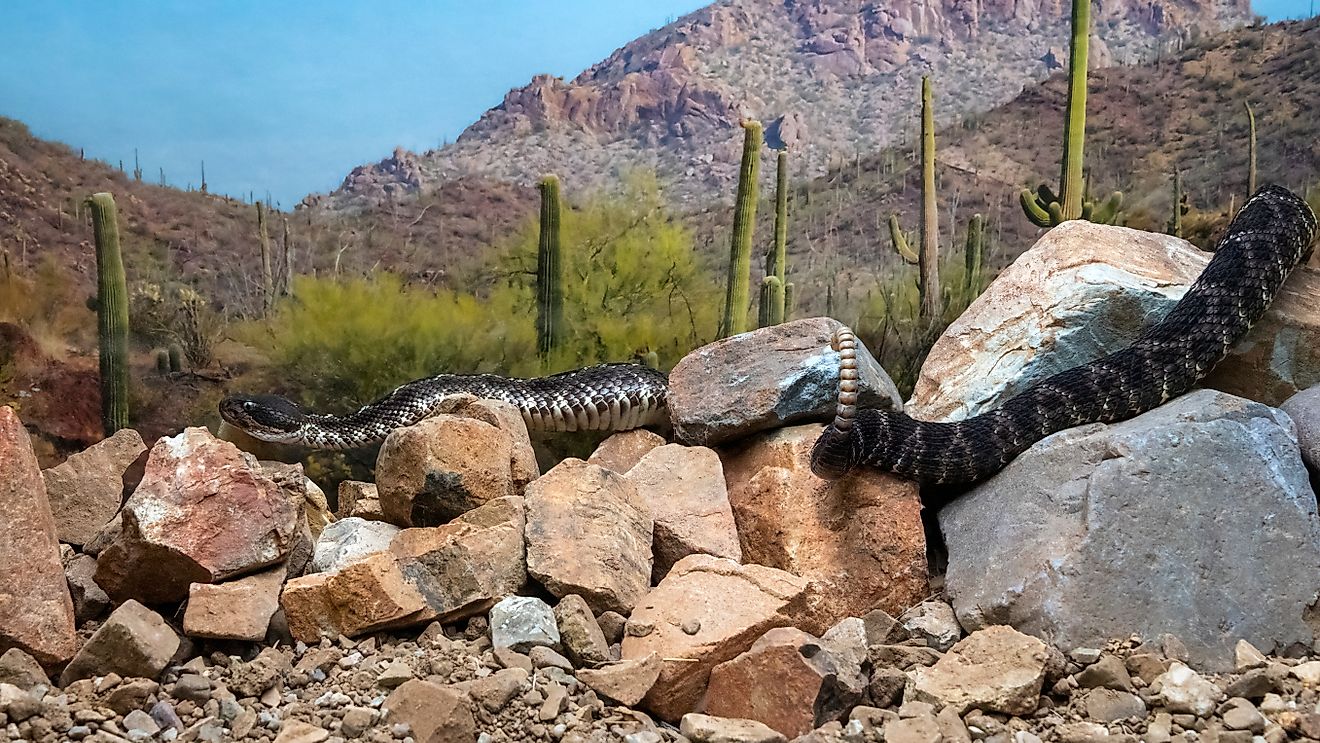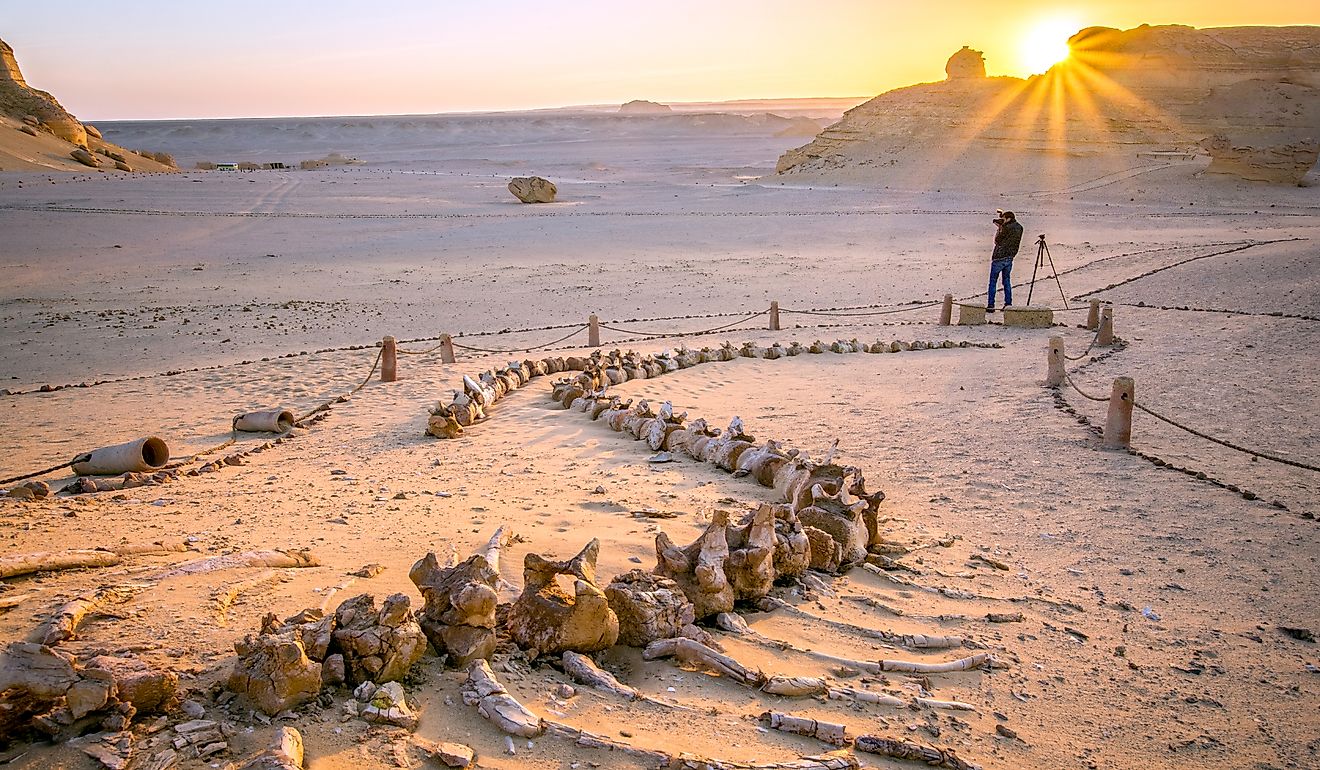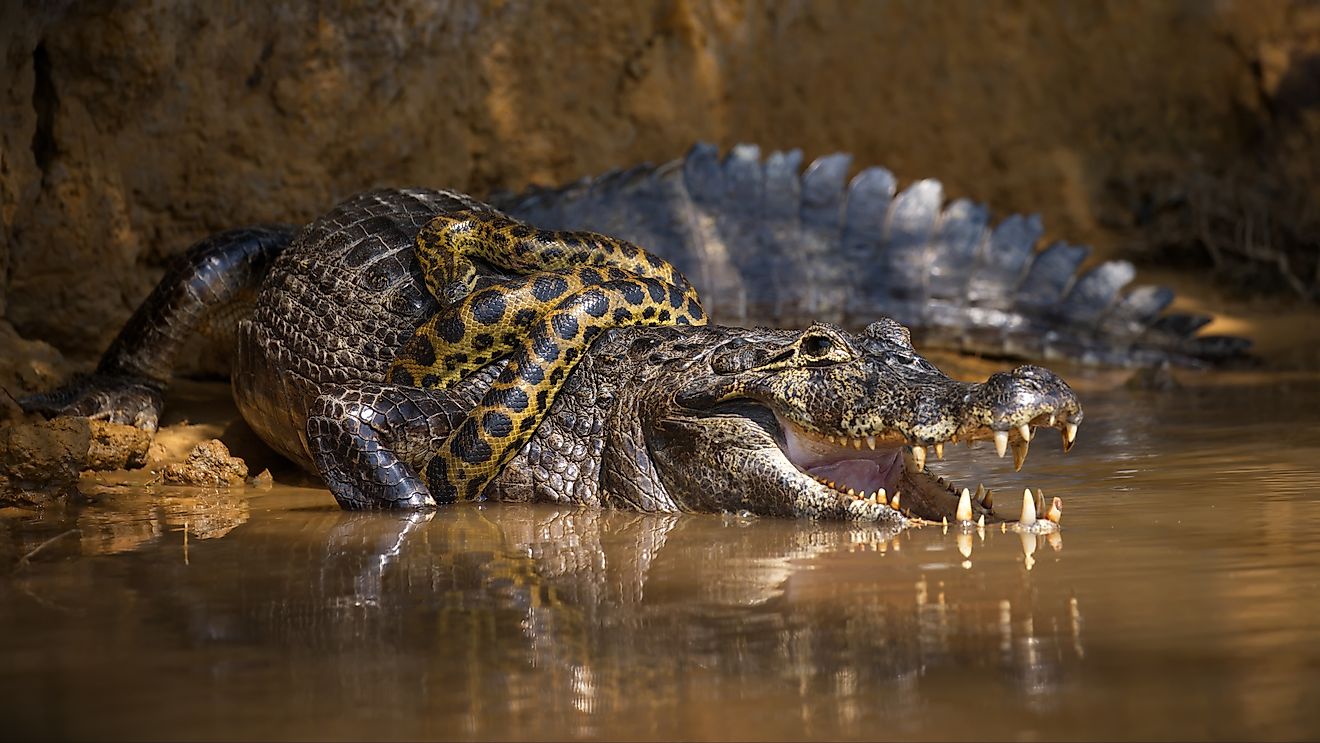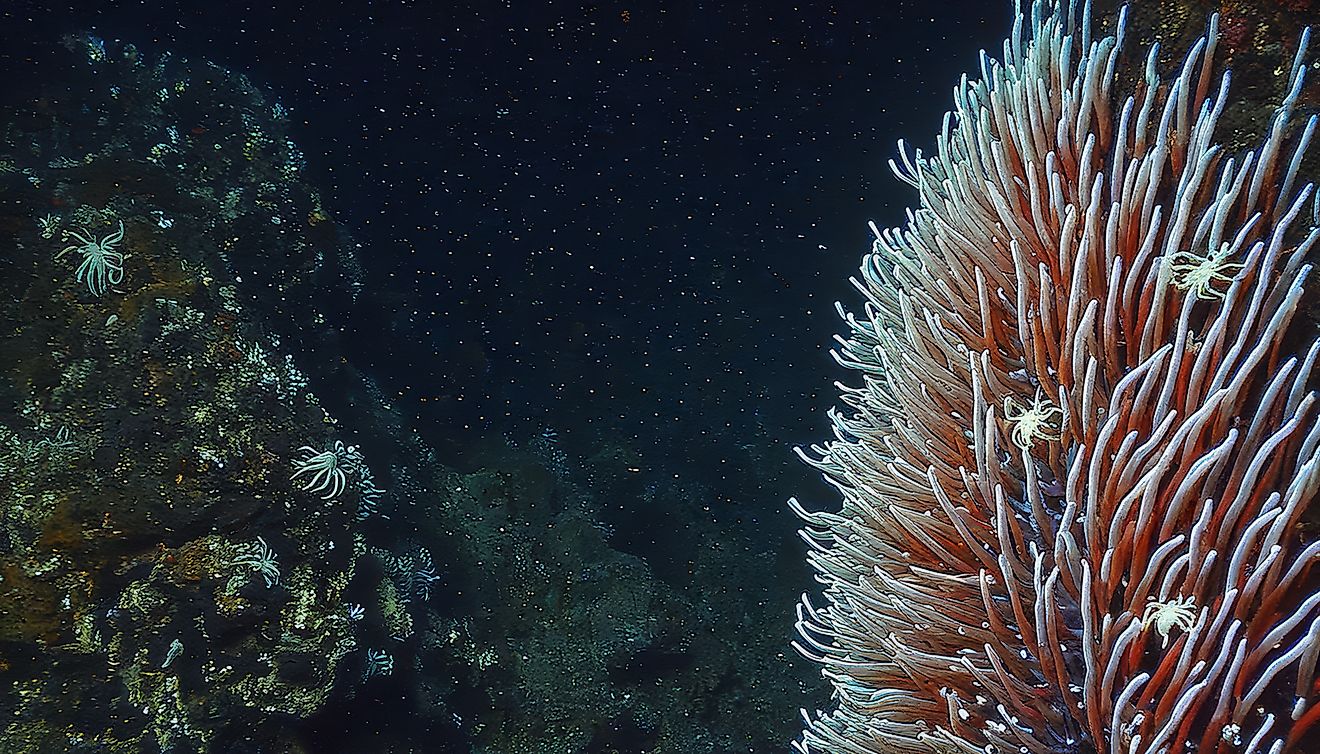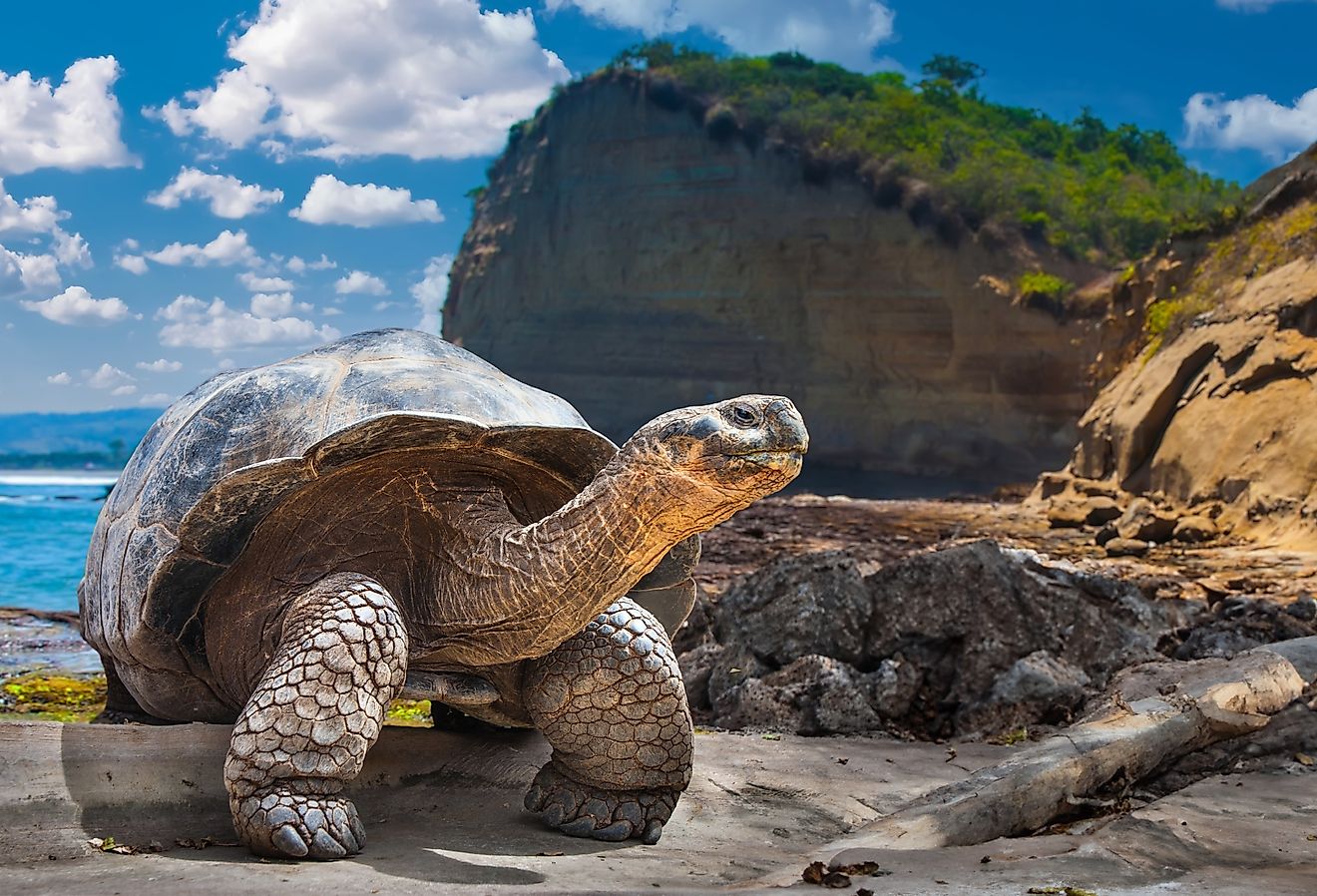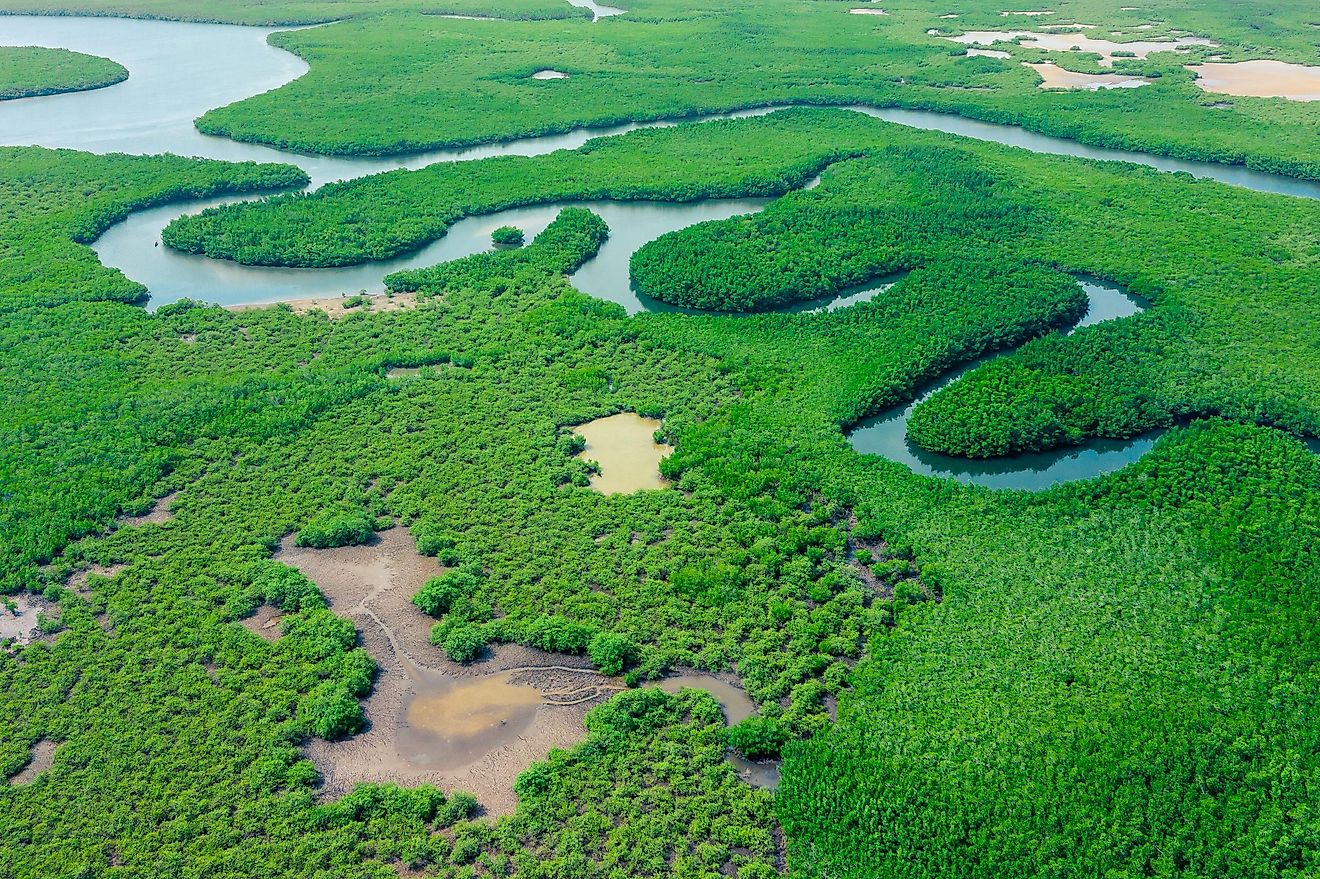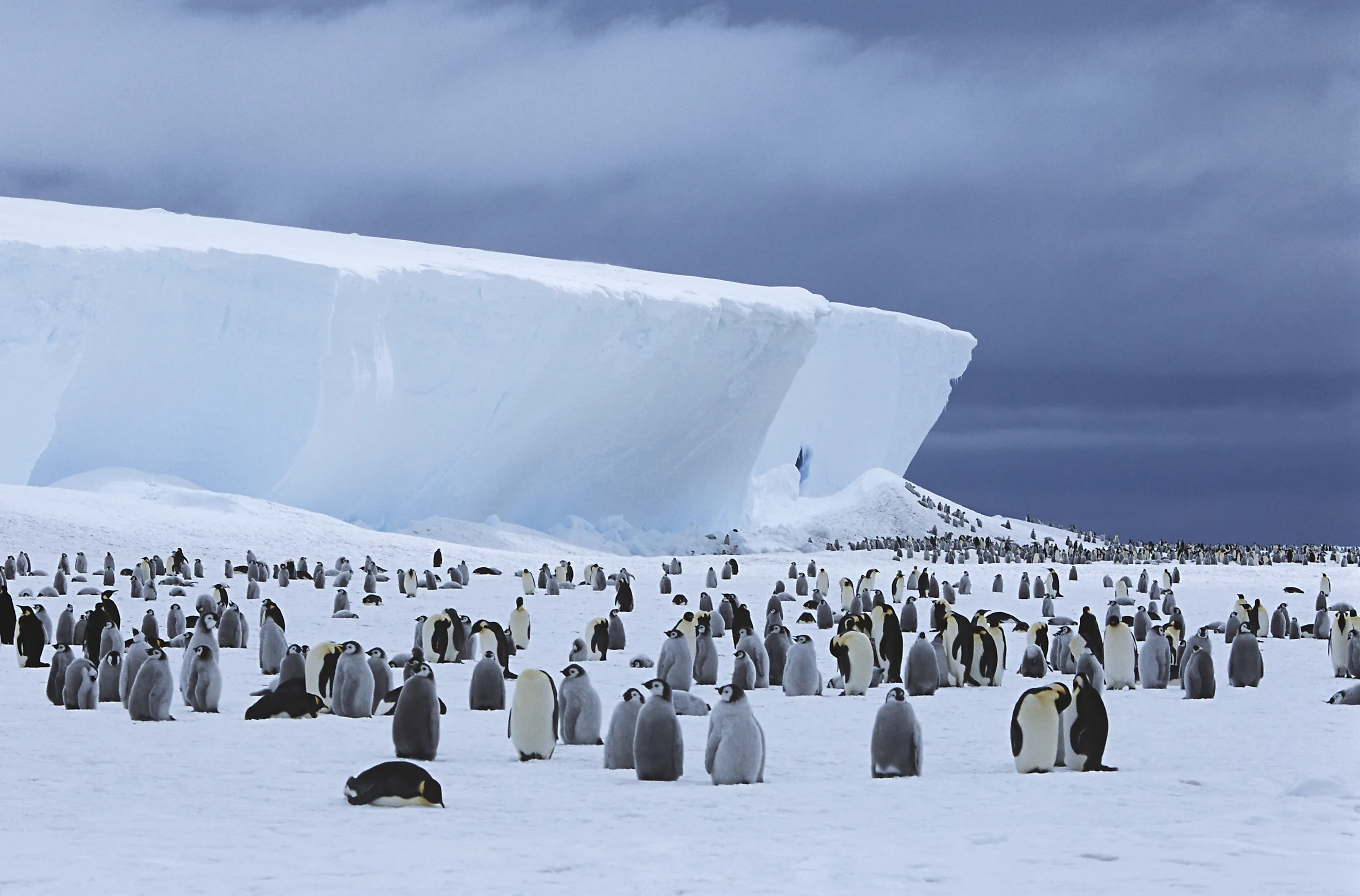
11 Animals That Live in Extreme Environments
Most animals and humans have evolved to live in climates with ideal conditions that enable their survival. Yet, some unique animals have adapted to grow in extreme environments, including high or low temperatures, abnormal pressures, unusual salt concentrations, and so on. Organisms that grow and thrive in extreme environments are called extremophiles, and they have unusual coping and survival mechanisms. Some of them produce beneficial proteins or substances that can help humans in research along with environmental and medicinal advancements.
Animals that live in extreme climates have fascinated scientists and researchers because they are key to understanding complex interactions and adaptability mechanisms. Let us discover eleven extraordinary animals that live in harsh environments and know how they exhibit their remarkable characteristics of resilience.
Common Fangtooth
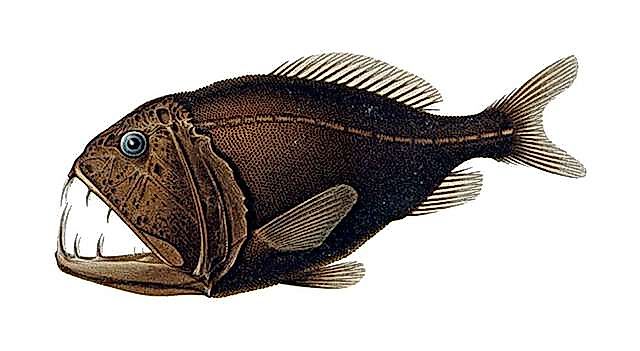
The common fangtooth fish (Anoplogaster cornuta) is also called the common sabretooth or ogrefish. The fangtooth is a "bathypelagic fish" since they are found in the ocean's bathyal zone (660 and 6,600 feet below the ocean surface) and common to deep-sea habitats, tolerating near-freezing temperatures and high pressures. Fangtooth is deep-bodied and short, with a large mouth and huge fang-like teeth hence its name. Living in the twilight-midnight zones of the temperate and tropical ocean regions, these fish grow up to six inches in length and are common in deep-sea habitats of 600 to 16,000 feet. The common fangtooth has evolved to survive its extreme habitat. Its large, sharp teeth are crucial to catch prey in low light conditions, and its body shape helps it conserve energy by reducing drag. The fangtooth's bioluminescent organs help it communicate with other fish and attract prey, including small fish, crustaceans, and squid. The fish hunt for prey at night and return to the deep sea during the day. Fangtooth's dark color (dark-brown to black pigment) absorbs 99.5% of light, masking its appearance and allowing it to blend in with the surrounding darkness when required. Its tough scales protect it from pressure changes and predators.
Emperor Penguin
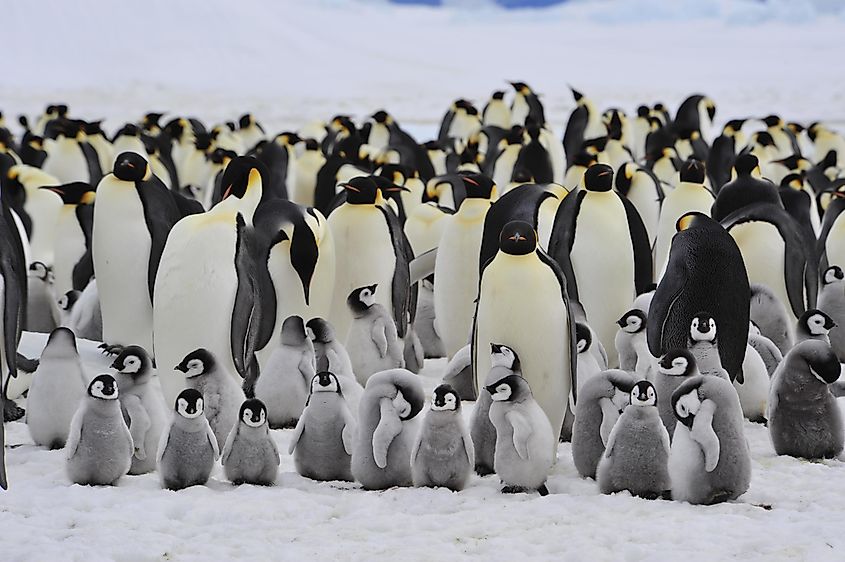
The Emperor Penguin (Aptenodytes forsteri) weighs about 99 pounds and has an average height of about four feet with a sleek, streamlined body and distinct black and white plumage. Their small flipper-like wings make them excellent swimmers, but they cannot fly. These species of penguins are one of the most unique and fascinating creatures in the world. Living in the Antarctic region, they are the largest of all penguin species. During winter, they can survive in extremely low temperatures of up to minus sixty degrees Celsius, tolerate winds of 200 kilometers per hour, and also deal with blizzards, ice storms, and other harsh cold conditions. The penguins have amazing adaptations that help them survive extreme conditions. A thick layer of feathers insulates their bodies trapping a layer of warm air next to their skin, and the blubber under their skin enables them to stay warm in the ice-cold Antarctic waters. The penguins also help each other to survive the cold by huddling together in large groups, which helps them to conserve heat and stay comfortable. An interesting feature of these penguins is that they breed on ice. When the females lay an egg, the males incubate the egg for about 65 days. Once the egg hatches, the males and females take turns as parents to care for the young one.
Giant Tube Worm
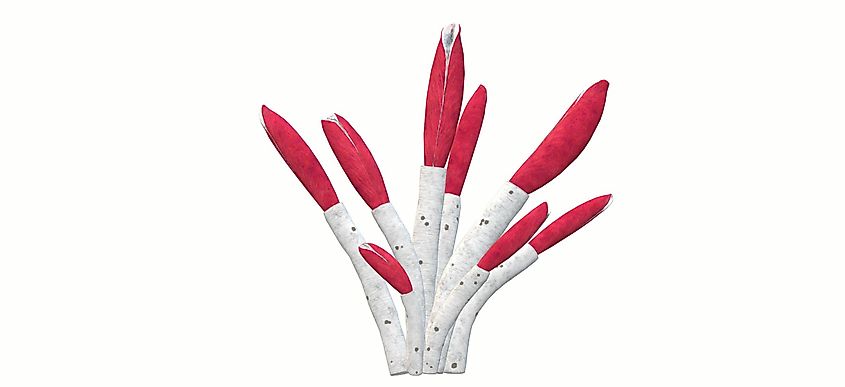
The Giant beard worm (Riftia pachyptila) is a marine invertebrate closely related to tubeworms. They have no mouth or digestive tract and appear as slender tubular structures with a diameter of 1.6 inches. They also have bright-red hemoglobin-rich branchial plumes. These worms do not prey on other sea creatures but only feed on small bacteria, which in turn convert sulfur into energy in their guts. Growing to about eight feet, it is the world's heaviest worm that grows in hot hydrothermal vents (black smokers) powered by volcanic heat and mineral-rich water at depths of 5,000 feet in the Pacific Ocean. Their habitat is similar to a toxic mixture of chemicals that would be dangerous to most animals because of the near-boiling temperature of the water, the complete absence of light, and strong chemicals and minerals. Despite its extreme habitat, an interesting feature of this species is the excellent oxygen-carrying function of hemoglobin in its red plumes. Their survival is attributed to the symbiotic association with their chemosynthetic gut bacteria.
Himalayan Jumping Spider
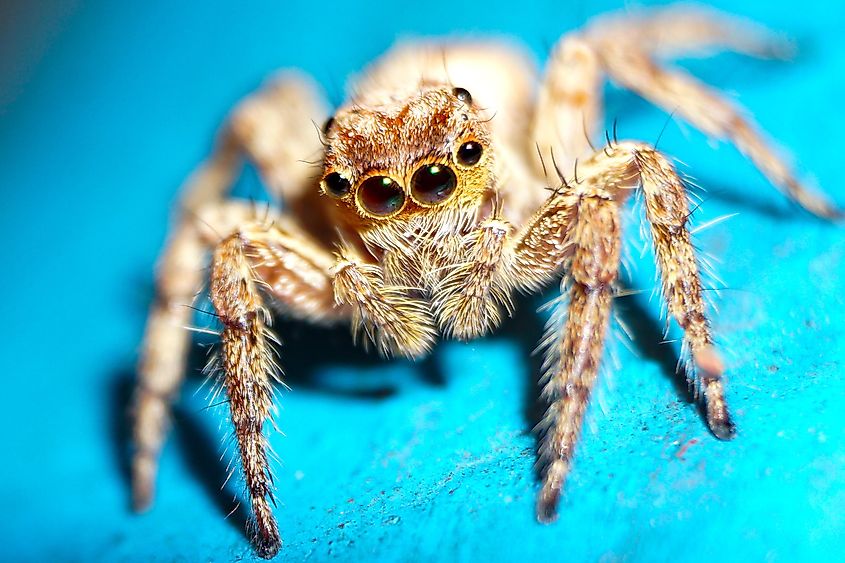
The Himalayan Jumping Spider (Euophrys omnisuperstes) ranges from 0.15 to 0.19 inches in size with a brown body and white hair. The front eyes have a brown fringed hair-like appearance, and the males are darker than females, with a mouthpart and a black abdomen. It gets its name 'omnisuperstes' because of its habitat, which means 'standing above all.' Living at elevations of about 22,000 feet, including Mount Everest, it resides permanently at such places where the oxygen supply is critically limiting for most species, including humans. At an altitude of at least 5,300 feet higher than the highest permanently inhabited place on earth (La Rinconada in the Peruvian Andes), these spiders can be classified as the highest-dwelling non-migratory animals in the world. They can survive all the hostilities of extreme altitudes, including freezing conditions, and they live in rocky crevices feeding on insects, flies, springtails, and other tiny creatures. The key adaptation of jumping spiders is their ability to regulate their body temperature by moving to different areas in their environment to find warmer or cooler temperatures as needed. Their excellent vision helps them navigate their environment and locate prey.
Pompeii Worm
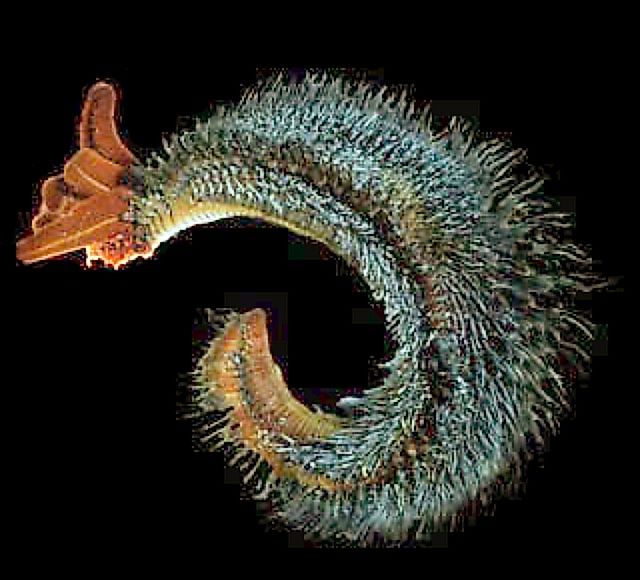
The Pompeii Worm (Alvinella pompejana) was discovered in the 1980s by French scientists in deep-sea hydrothermal vents. They grow up to five inches in length and are pale gray with red tentacle-like gills on their heads. These worms are found at the bottom of the ocean with temperatures reaching up to 80°C, high pressure, and toxic chemicals. Despite the harsh environmental conditions, these little creatures have adapted to survive and thrive in their environments. The worm's ability to survive such extreme conditions is attributed to the unique structure of its body in which its head stays at a cooler temperature than its tail, allowing it to regulate its body temperature and preventing it from overheating. Also, the worm's body is covered with a layer of chitin, a complex biopolymer that protects it from the corrosive chemicals exuding from the deep sea hydrothermal vents. Scientists have discovered chemosynthetic bacteria in the specialized gill structures of the Pompeii worm, which suggests a symbiotic relationship between both in which the bacteria give the worm its constant supply of food and the worm supports the growth of these bacteria inside its tentacle-like gills.
Red Flat Bark Beetle
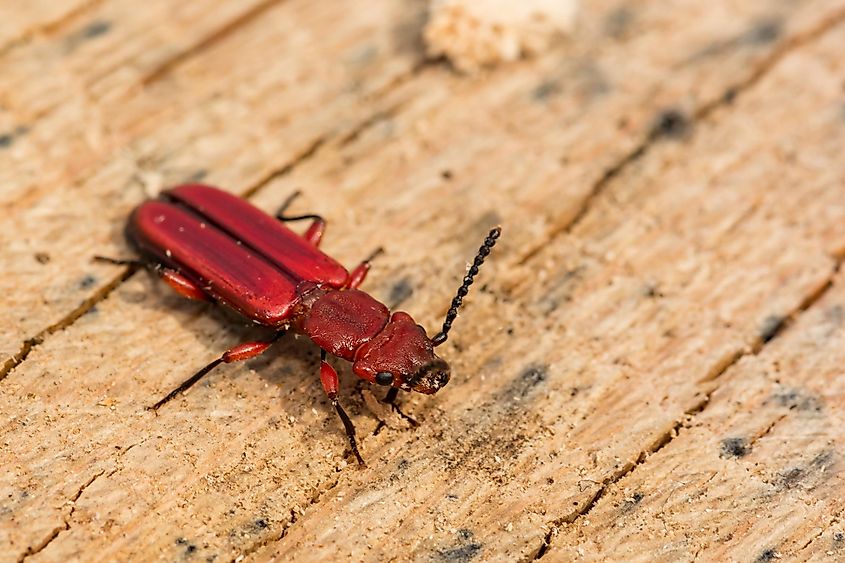
The Red Flat Bark Beetle (Cucujus clavipes) has adapted to live in boreal and subarctic forests in North America, in extremely low temperatures and with limited food resources. As their name suggests, they are red flat structured beetles growing to about 0.4 to 0.5 inches in length with five visible segments on their abdomen. The beetles can survive in sub-zero temperatures because they produce a natural antifreeze substance called glycerol which protects the cells of these little creatures from freezing. The beetle also has a unique mechanism of conserving energy during the winter months. It does this by reducing its metabolism, slowing its heart rate, and burrowing into the snow to conserve body heat and minimize water loss. Its peculiar diet includes wood-boring beetles, which are themselves adapted to living in harsh environments.
Sahara Desert Ant
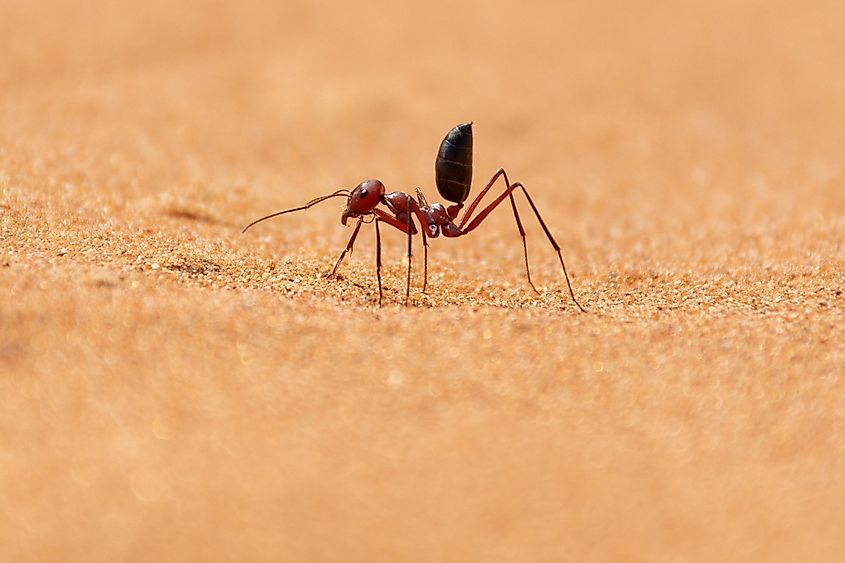
The Sahara Desert Ant (Cataglyphis bicolor ) is a subspecies of ant that has adapted to live in the extreme Sahara Desert climate surviving the extreme heat with limited food and no water for long periods of time. The ant's body is covered in small silver hairs, giving it the look of a ball of mercury crawling through the scorching desert sand. The way it adapts to its surroundings is by using polarized light to move through and orient itself traveling long distances to search for food while conserving water to survive the long journey. It regulates its body temperature through a process called thermal regulation, in this process the ant changes the angle of its body relative to the sun to control its exposure to heat. The specialized hair on the ant's exoskeleton reflects sunlight preventing its body from overheating. The tiny creature conserves water by storing water in a specialized organ called the crop.
Siberian Salamander
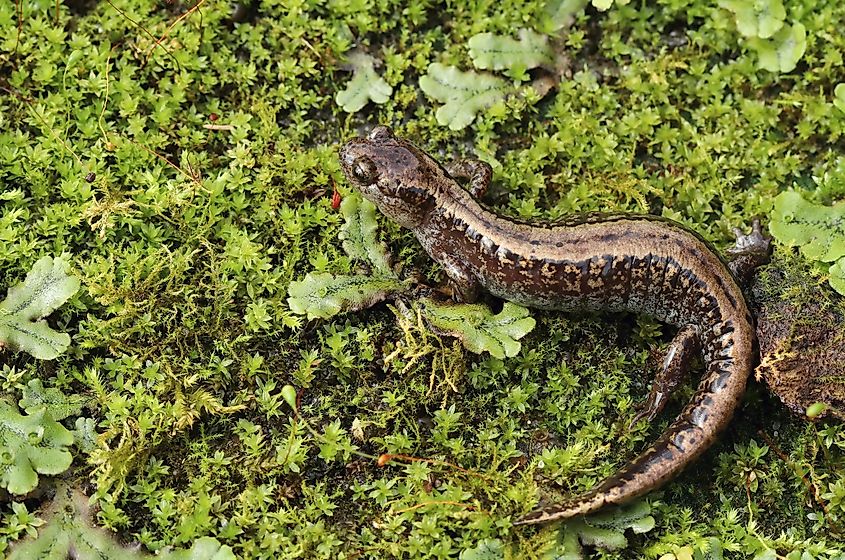
The Siberian salamander (Salamandrella keyserlingii) has dark brown, thin stripes between and around its eyes and sometimes on the tail. The body is bluish-brown with a purple stripe on the back. It also has a tail longer than its body and four clawless toes. This unique amphibian species adapted to live in the harsh habitats of freezing temperatures, low oxygen, and high salinity in the subarctic regions of Russia and Mongolia. The salamander reduces its metabolic rate to almost zero and gets into a state of hibernation in cold habitats. It can survive long-term low temperatures up to −45 degrees Celsius because it produces antifreeze substances that prevent ice formation in its tissues. The salamander's specialized skin cells help it tolerate low-oxygen habitats due to high-efficiency oxygen-binding proteins that help absorb oxygen from water. The skin cells also enable this species to adapt to high-saline environments like brackish ponds and saline lakes by preventing water loss.
Tardigrade (Water Bears or Moss Piglets)
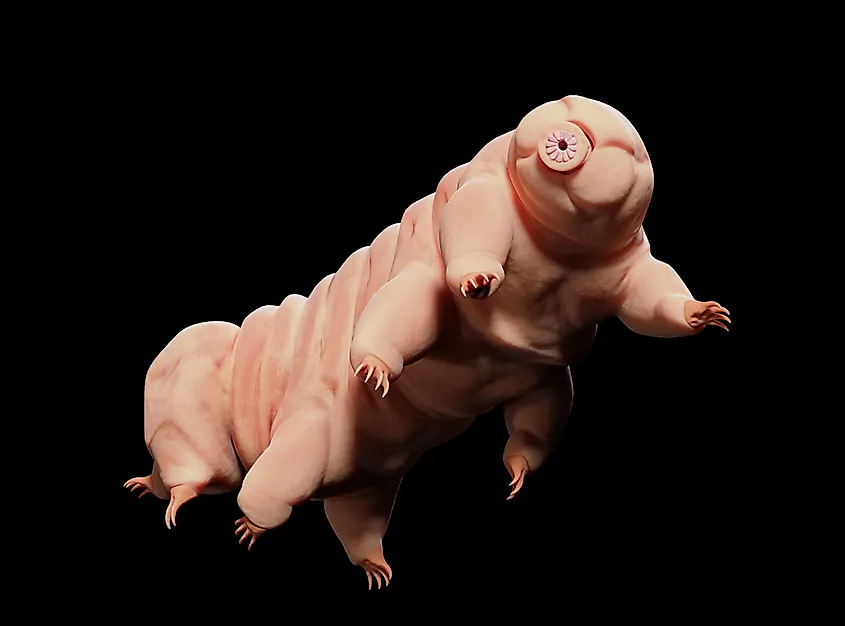
Tardigrades, also called water bears or moss piglets, are tiny creatures that can survive extreme heat, cold, radiation, dehydration, starvation, high and low pressures, and even lack of air or vacuum of space. They have barrel-shaped bodies ranging from 0.008 to 0.05 inches in length, a head, and four pairs of stubby legs divided over three body segments and a caudal segment. The adaptation mechanisms are attributed to their ability to enter a state of cryptobiosis, during which the body shuts down all metabolic activity and becomes dormant. At this time, they can tolerate all kinds of environmental stresses and go for years without food or water. Another unique feature of these resilient species is their specialized "Dsup proteins" that can repair radiation-induced DNA damage. Tardigrades can also withstand extremely high-pressure levels, equipping them to survive in deep-sea habitats. They can also fight dehydration by staying dry for long periods and returning to life when rehydrated. Scientists are more than fascinated with this organism and believe more research on them could lead to advances in fields such as space exploration, medicine, and environmental conservation.
Vampire Squid
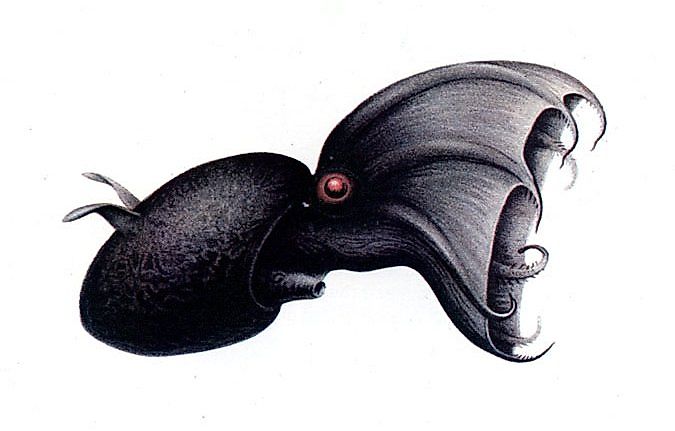
The Vampire Squid (Vampyroteuthis infernalis) lives in deep-sea environments, adapted to survive in areas where oxygen levels are low and hydrostatic pressures are high. They have a jet black to pale reddish color gelatinous body and eight arms connected by webbing, with each arm lined with spine-like projections. The distal part of each arm is equipped with suckers. Based on oxygen availability, the squid's key ability is to switch between aerobic and anaerobic metabolism. This adaptation helps the squid to produce energy anaerobically (without oxygen) when oxygen is low. The vampire squid also exhibits bioluminescence and uses this adaptation to defend and hunt. Its glowing arms can confuse predators allowing the squid to escape and attract prey such as crustaceans and small fish. The species has an interesting reproductive tactic wherein females store sperm from many different males enabling fertilization during optimal hatching conditions allowing them to reproduce even in the unpredictable and challenging environments of the deep sea. Its ability to switch between aerobic and anaerobic metabolism, bioluminescence, and unique reproductive strategy allows it to survive in habitats that would be lethal to most other organisms.
Wood Frog
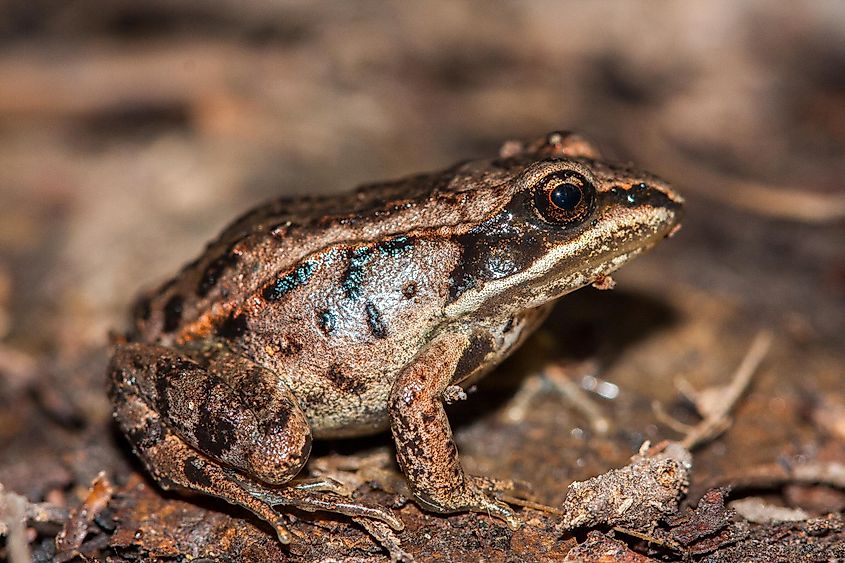
The wood frog (Lithobates sylvaticus) varies in its skin color from pinkish to grey or tan to brown. It has a dark eye mask, a white stripe around its jaw, sometimes a light stripe going down the middle of its back, and smooth skin with a creamy underside. This small frog adapted to survive in the cold, freezing low-oxygen climates is common in North America's northern regions, including Alaska and Canada. It survives freezing temperatures by entering a state of hibernation in which its body temperatures drop to near-freezing levels. The ability to do this comes from its adaptation mechanism of producing high glucose in its tissues. The concentrated glucose acts as a natural antifreeze, preventing ice formation in its tissues. The frog also displays a physiological response to adapt according to its surrounding environment. For example, when there are long periods of drought, it buries itself in the ground and enters a state of dormancy until conditions are favorable. The wood frog may provide clues on the ability to understand climate change and how organisms can adapt to freezing habitats.
Animals living in extreme climates provide clues and answers to many problems. Unique proteins and substances produced by animals living in such environments may help treat human diseases or provide some surprising solutions. From the Pompeii worm providing insights on how to survive extreme climatic changes to the tardigrade's Dsup proteins which show protective effects against DNA damage, and also hyperthermophiles telling us about the evolutionary history and the universal ancestor, animals that survive in extreme climates can tell us secrets that may benefit humankind and the environment.

